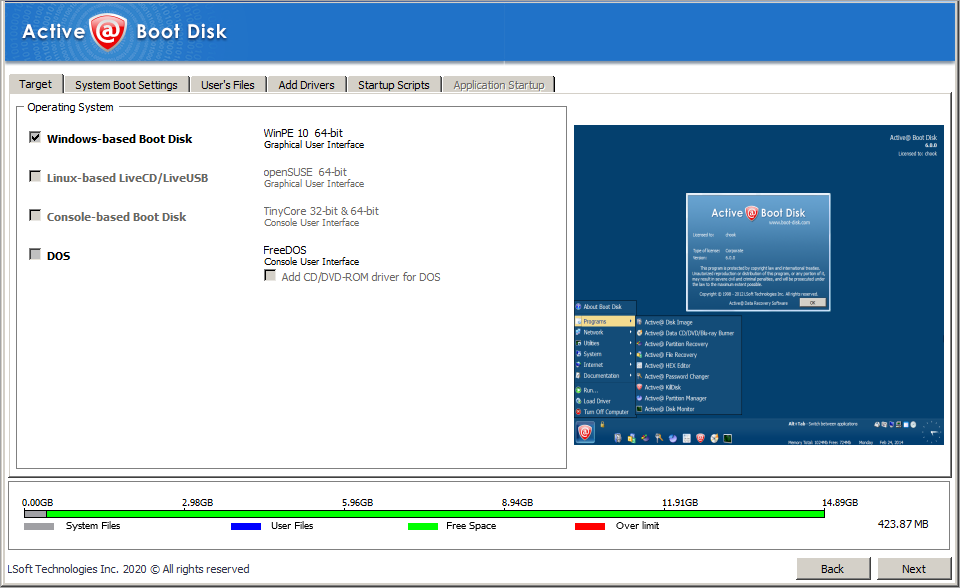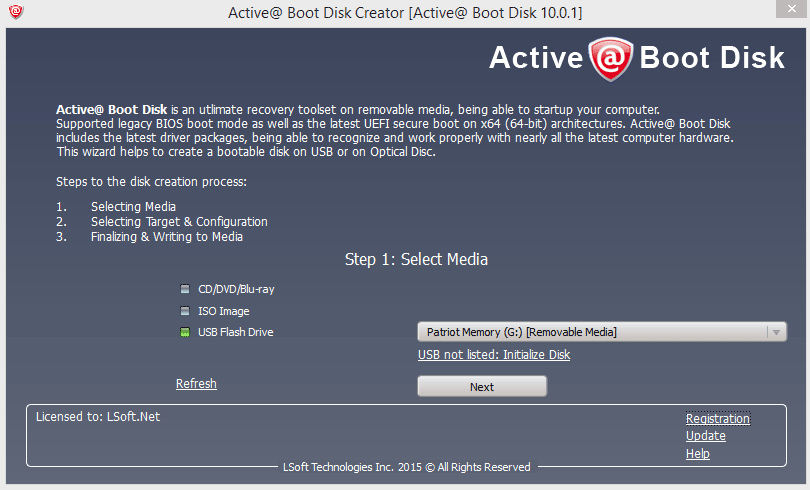
 UEFI has much more setup menus and simpler graphical user interface than legacy BIOS. Under the UEFI mode, the computer supports networking function that can help remote troubleshooting and UEFI configuration. UEFI supports both 32-bit and 64-bit architectures, which helps the computer use more RAM to handle a more complicated process than BIOS. UEFI firmware supports various optimization and enhancement, which can help your system boot more quickly than it could before. It is capable of checking the validity of the operating system to prevent malware from tampering the startup process. With UEFI boot mode, you can create more than 4 primary partitions on a GPT disk. UEFI allows users to handle a storage device that is larger than 2TB, while the old legacy BIOS cannot handle so large d. BIOS – What’s the Differences and Which One Is Better”. Tip: If you want to know more details about UEFI vs BIOS, you can read this post “ UEFI vs. In a word, UEFI boasts more advanced features compared with BIOS.
UEFI has much more setup menus and simpler graphical user interface than legacy BIOS. Under the UEFI mode, the computer supports networking function that can help remote troubleshooting and UEFI configuration. UEFI supports both 32-bit and 64-bit architectures, which helps the computer use more RAM to handle a more complicated process than BIOS. UEFI firmware supports various optimization and enhancement, which can help your system boot more quickly than it could before. It is capable of checking the validity of the operating system to prevent malware from tampering the startup process. With UEFI boot mode, you can create more than 4 primary partitions on a GPT disk. UEFI allows users to handle a storage device that is larger than 2TB, while the old legacy BIOS cannot handle so large d. BIOS – What’s the Differences and Which One Is Better”. Tip: If you want to know more details about UEFI vs BIOS, you can read this post “ UEFI vs. In a word, UEFI boasts more advanced features compared with BIOS. 

This is because the UEFI mode breaks many limitations of BIOS mode, including the restrictions on the size of hard drive, booting process, number of partitions, and security. More and more users tend to boot their computer in UEFI mode.

In recent years, UEFI boot mode seems to be the successor to the BIOS. With UEFI boot mode, your computer can initialize the hardware components and boot the OS stored on the hard disk. It serves as a “middleman” between your computer’s firmware and the operating system. UEFI (Unified Extensible Firmware Interface) is known as a motherboard firmware interface for computers. Why do so many people want to create a UEFI boot USB? In order to create a UEFI bootable USB successfully, it is necessary to figure out the following 2 questions first.








 0 kommentar(er)
0 kommentar(er)
